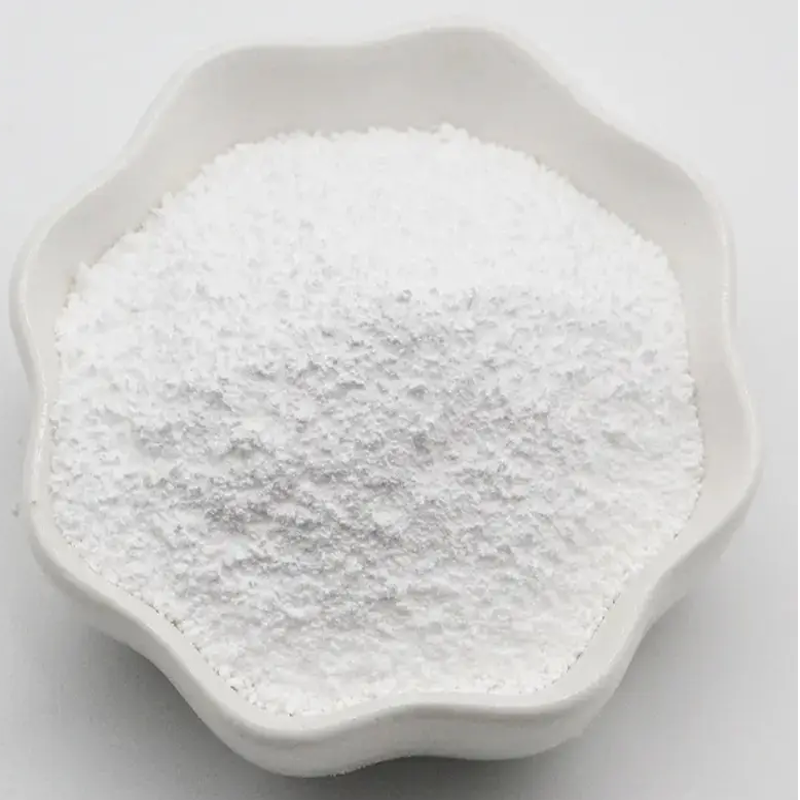-
Categories
-
Pharmaceutical Intermediates
-
Active Pharmaceutical Ingredients
-
Food Additives
- Industrial Coatings
- Agrochemicals
- Dyes and Pigments
- Surfactant
- Flavors and Fragrances
- Chemical Reagents
- Catalyst and Auxiliary
- Natural Products
- Inorganic Chemistry
-
Organic Chemistry
-
Biochemical Engineering
- Analytical Chemistry
- Cosmetic Ingredient
-
Pharmaceutical Intermediates
Promotion
ECHEMI Mall
Wholesale
Weekly Price
Exhibition
News
-
Trade Service
At present, influenza virus is still one of the important respiratory pathogens that threaten human public health.
Seasonal influenza outbreaks or occasional influenza virus cross-species transmission and pandemics have a significant impact on human health and social economy.
Vaccine immunization is the most effective way to prevent influenza virus infection.
Current vaccine immunization strategies mainly resist virus infection by inducing specific neutralizing antibodies that recognize influenza virus hemagglutinin protein HA.
However, as an RNA virus, influenza virus has a high frequency of genome mutations, causing antigenic drift, or gene rearrangement leading to antigen conversion.
In view of the potential threats of the aforementioned influenza viruses, it is urgent to study a new and broad-spectrum universal influenza vaccine in order to achieve Effective protection of different influenza strains.
In the face of the ever-changing influenza virus, effectively activating the immune response against the conserved structural region of the virus is an effective way to achieve a broad-spectrum influenza vaccine.
A series of studies have proved that the conserved structural region of the virus is targeted in models such as mice and ferrets, such as The specific antibodies against matrix protein M2 or HA stem region can effectively treat or prevent infections of different influenza strains.
However, the relatively cumbersome immunization methods and some side effects caused by antibodies still need to be further resolved and optimized.
Studies have confirmed that in the absence of neutralizing antibodies, the specific T cell response to the conserved domain of the virus can effectively mediate the cross-protective response against different strains, suggesting that the specific T cell response is in the new broad-spectrum influenza Potential value in vaccine design.
Meng Songdong’s team from the Institute of Microbiology, Chinese Academy of Sciences has been engaged in the study of the immunological function of heat shock protein gp96 for more than ten years.
The team’s recent study found that the use of heat shock protein gp96 as an adjuvant combined with a commercial monovalent inactivated H1N1 influenza vaccine to immunize mice can effectively induce Mice produced a protective immune response against H1N1, H3N2, H7N9 and other influenza virus strains of different subtypes.
Further immunological mechanism studies have shown that immunizing mice with gp96 protein as an adjuvant combined with a monovalent inactivated influenza vaccine can significantly enhance vaccine-specific T cell response and effectively induce mice to produce cross-reactive CD8+ T cells against different strains In response, it activates multiple CD8+ T cell responses to the conserved structural regions of viral structural proteins NP, HA, M1, and PB1.
Immune protection experiments have proved that these six specific T cell epitopes against the conserved domains of the virus can play a synergistic role and jointly mediate the cross-protection induced by gp96 adjuvant.
Using bioinformatics methods to compare the sequences of more than 30,000 strains of influenza viruses, the results show that the above six protective T cell epitopes can trigger cross-protection responses and are highly conserved in all aligned sequences (below), suggesting that gp96 is used as a supplement The new type of influenza vaccine has broad-spectrum application potential.
Legend: 6 protective and conserved T cell epitopes of influenza virus can trigger cross-immune protection against different strains (A and B), as well as the result of sequence alignment in different strains (C).
Songdong Meng's team used Hansenula yeast, insect baculovirus and other protein expression systems to achieve rapid mass production of clinical-grade recombinant gp96 protein (J Biotechnol.
151(4):343-9, 2011).
The next step will be to verify the cross-protection potential of the vaccine in a primate model.
In view of the core role of T cell response in clearing viral infections and mediating cross-protection, the design of a new broad-spectrum influenza vaccine with gp96 as an adjuvant also provides a new way for the development of new adjuvant vaccines for other important infectious disease pathogens.
Ideas.
The above-mentioned research has been published online in the Journal of Virology.
The first work of the paper is Zhang Han.
This is the second paper published by the research group on the research of a new universal influenza vaccine.
The previous research has been published in Vaccine (32(23):2703- 11 (2014)).
This research was funded by the Chinese Academy of Sciences' Strategic Leading Science and Technology Project (Category B) (XDB29040000).
The link to the paper: https://jvi.
asm.
org/content/early/2021/04/02/JVI.
00507-21 2020 hot articles selection 1.
Cup! A full paper cup of hot coffee, full of plastic particles.
.
.
2.
Scientists from the United States, Britain and Australia “Natural Medicine” further prove that the new coronavirus is a natural evolution product, or has two origins.
.
.
3.
NEJM: Intermittent fasting is right The impact of health, aging and disease 4.
Heal insomnia within one year! The study found that: to improve sleep, you may only need a heavy blanket.
5.
New Harvard study: Only 12 minutes of vigorous exercise can bring huge metabolic benefits to health.
6.
The first human intervention experiment: in nature.
"Feeling and rolling" for 28 days is enough to improve immunity.
7.
Junk food is "real rubbish"! It takes away telomere length and makes people grow old faster! 8.
Cell puzzle: you can really die if you don't sleep! But the lethal changes do not occur in the brain, but in the intestines.
.
.
9.
The super large-scale study of "Nature Communications": The level of iron in the blood is the key to health and aging! 10.
Unbelievable! Scientists reversed the "permanent" brain damage in animals overnight, and restored the old brain to a young state.
.
.







